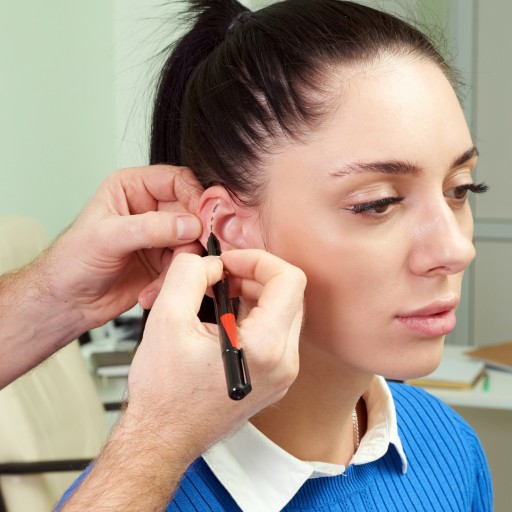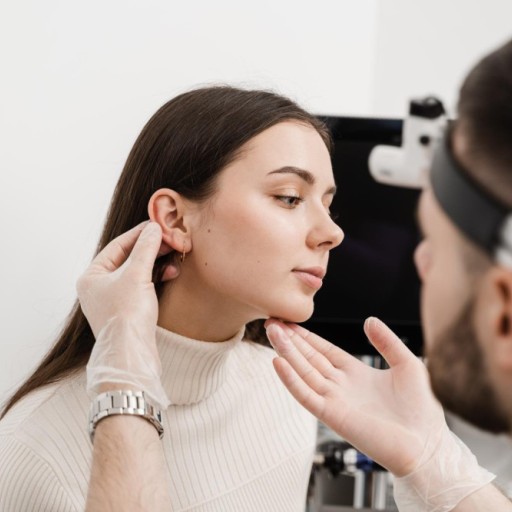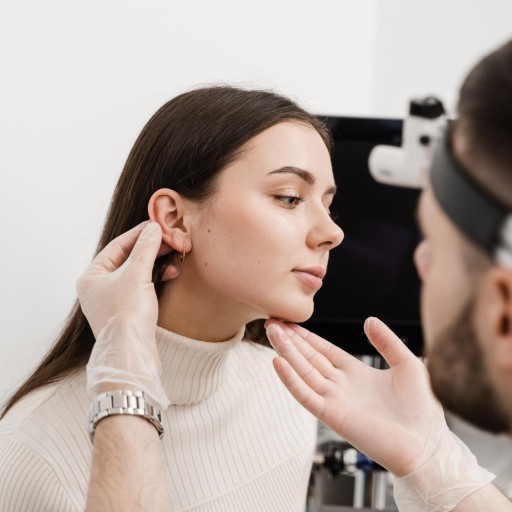Otoplasty (Ear Surgery)
3 results foundOtoplasty (Ear Surgery)
Otoplasty-or ear surgery-includes all aesthetic operations that aim at reshaping or repositioning the ears. Large or oddly shaped ears can make individuals, especially children, feel very self-conscious and embarrassed in social situations. This surgical procedure helps the patient in ways to enhance their appearance and build up one's self-confidence.
Otoplasty is a kind of surgery considered for aesthetic reasons by many people, especially those who since childhood have felt self-conscious about their ears. The surgery is possible both on children and adults, which plays a significant role in improving one's facial harmony in general. Any person who considers this must understand the various options and techniques for the procedure.
What is Otoplasty?
Otoplasty is done to correct the ears' deformity or repositioning of the ears closer to the head. It is mostly performed for protruding ears, which are genetic-related or have malfunctioned during development. Otoplasty is also indicated in repairing ears damaged by injury or trauma.
Who is a Candidate for Otoplasty?
Candidates for otoplasty include people unhappy with the size, shape, or position of their ears. Otoplasty may be performed for both children and adults; it is, however, often said that performing the surgery on children who are at least five years old is best, since their ear cartilage is softer. Ideally, candidates should be generally healthy and have realistic expectations about the surgical outcome.
The Otoplasty Procedure
The duration of the otoplasty procedure generally ranges from two to three hours and can be carried out under conditions of local anesthesia with sedation or with general anesthesia. Access to the cartilage is provided to the surgeon through an incision made behind the ear. Techniques may vary, wherein some will remove unnecessary cartilage, while others may reshape or fold this to derive an ideal contour. Suturing is then done after accomplishing the modifications needed at the incised areas.
Advantages of Otoplasty
The most important advantage of otoplasty is the improvement in facial appearance. Many patients reported to become much more confident and to have a better self-image after the operation. Moreover, otoplasty eliminates psychological stress created by having outstanding or deformed ears enabling one to feel free and easy in any company.
What to Expect After Surgery
After surgery, a patient can be swollen, bruised, and uncomfortable. Generally, these symptoms can be controlled with medication prescribed by the doctor. A special bandage or head dressing is applied to the ears after surgery and worn for several days to protect the delicate ears during the initial stages of healing. Several weeks of recuperation may be necessary before resuming full, strenuous activities.
Recovery and Aftercare
Recovery from otoplasty may take as long as six weeks, in which all post-operative care instructions given by your surgeon should be followed to the letter. The area needs to be kept clean, and follow-up appointments must be made. The ears must not be subjected to any direct pressure, and glasses or any hats that can cause irritation are to be avoided for that period of time.
Possible Risks and Complications
As with all surgeries, otoplasty also has its risks. Possible complications include post-surgical infection, bleeding, scarring, asymmetry, or dissatisfaction with the results. Discussion of the risks associated with otoplasty during the consultation with a qualified surgeon is important to understand the probable results of the procedure.
Otoplasty is an important intervention that helps improve the looks of one's ears with a boost of self-confidence. Given the relatively simple procedure but highly rewarding gains from it, otoplasty might have favorable consequences on the quality of life.



